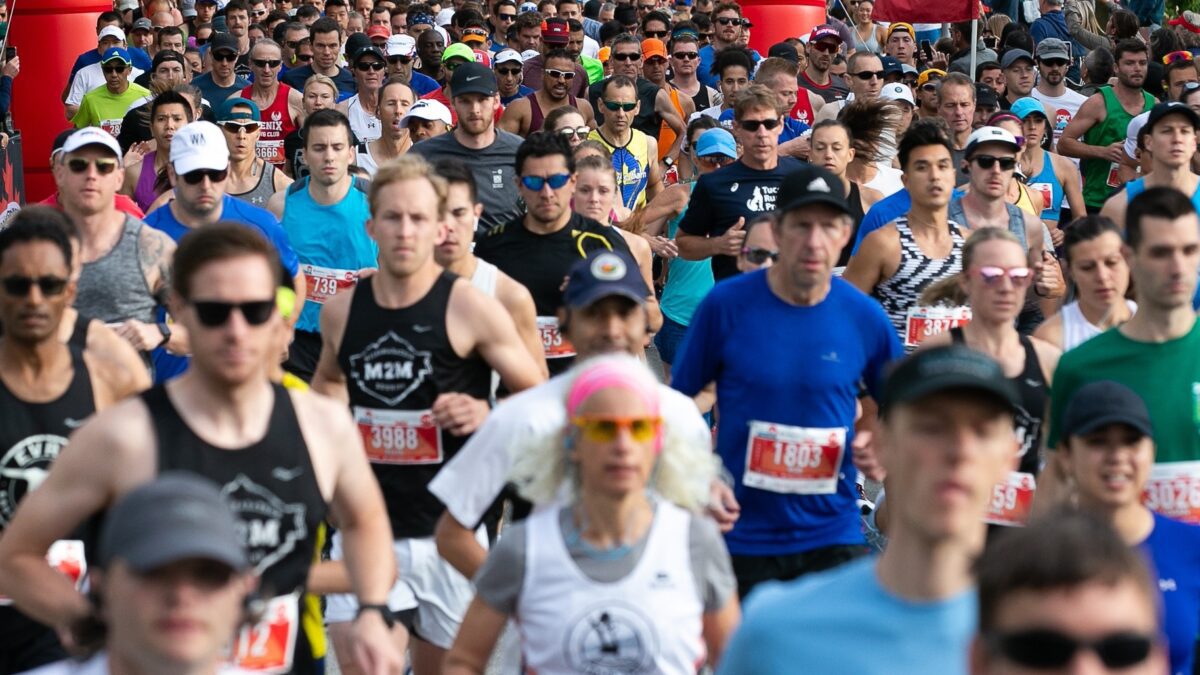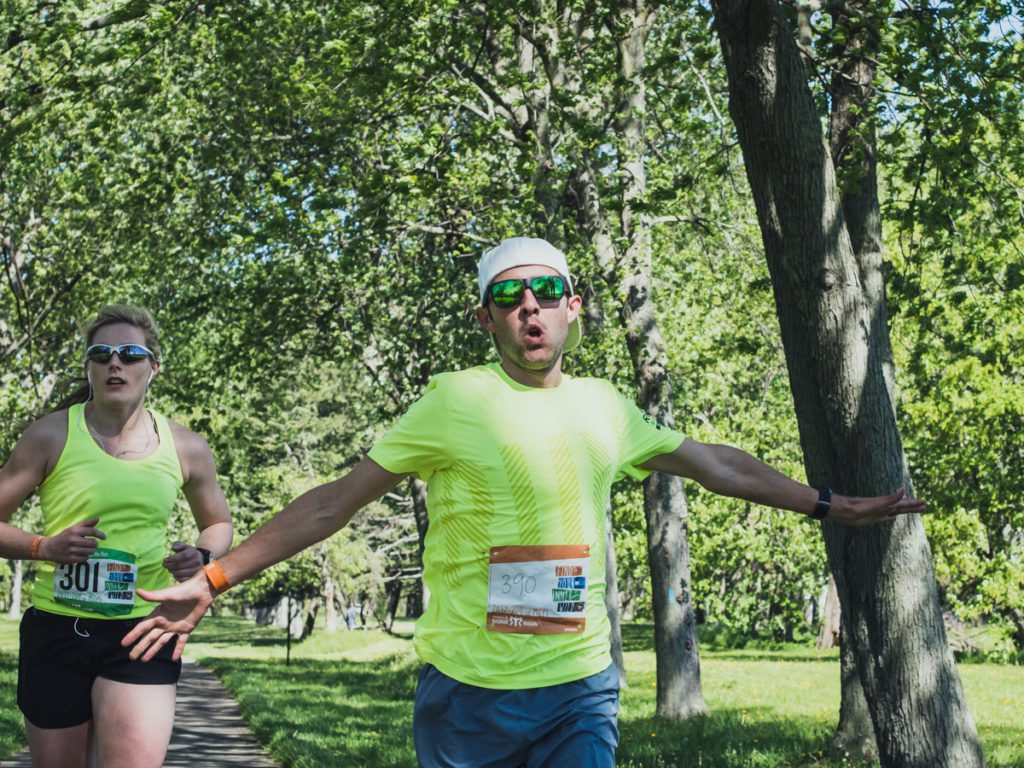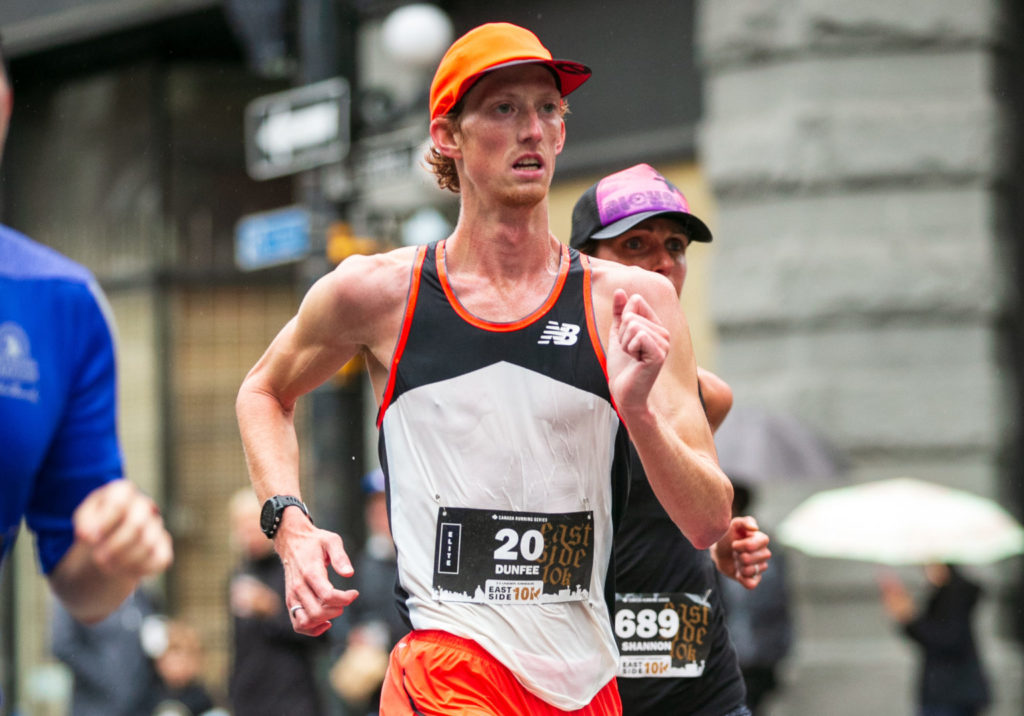Does running in a hat make you slower?
Why do the world's best runners never wear a hat during a race? Can a hat really hinder your performance?

Besides shoes, a running hat is the second most important piece of my wardrobe, regardless of the season. A hat not only has the job of keeping your hair in place but also draws perspiration away from the head to keep you cool during exercise. But can wearing a hat hold you back from performing at your best?

This thought came to my head (pun intended) several weeks back when I was doing a speed workout in preparation for an 800m race. It would be a rarity to see me without a hat on a training run, or even during a warmup or cooldown. The moment this speed workout started, I ditched my headgear, because I felt it was holding me back.
Even if you look at some of the best to ever do it: Eliud Kipchoge, Paula Radcliffe, Mo Farah and Brigid Kosgei, they have almost never been seen wearing a hat during a race. Is this just a myth? Or is there actual science behind a hat hindering your performance?
The most obvious benefit of a running hat is to keep you cool in the summer and warm in the winter. The top-of-the-line running hats let air in through their moisture-wicking fabric to further cool a runner down and provide breathability for the head.

Another related benefit is its protection from bad weather. Most running hats are waterproof and will protect your face or neck from getting sunburned in summer. Many athletes at the 2020 Tokyo Olympics in the marathon and race walking events were seen wearing hats to keep the cool moisture in during humid 30 C conditions in Sapporo.
Although a hat has its warming and cooling benefits, wearing one during a race can actually increase your body temperature slightly, which could, in turn, elevate your heart rate. According to a 2019 military study, wearing a hat during exercise can increase your body temperature by up to four per cent across recovery and threshold periods. This means if you planned to keep your heart rate under 160 bpm for a recovery run, you will need to account for around six bpm for the hat.
If you are planning to wear a hat during a race for comfort or to wick away the sweat, you may want to lean toward a visor, as it will provide the top of your head with a bit more breathability than a running hat.


